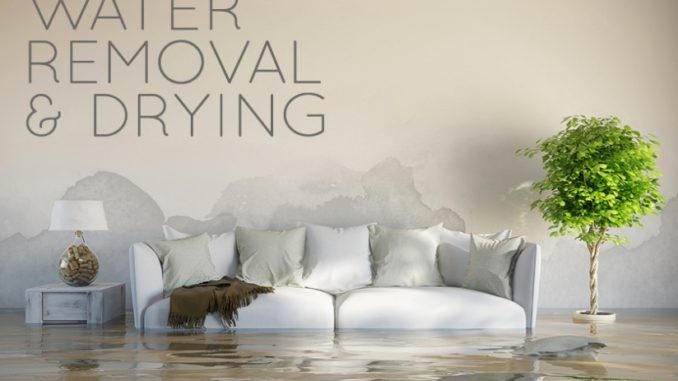
Article Information
Cliff Zlotnik (w/ John Downey, Ken Larsen)
Cliff Zlotnik entered the field of insurance repair in 1974 when the industry was embryonic. Zlotnik learned the business of insurance repair by doing it. Using his disaster repair business as a laboratory, he developed methods, procedures and products to successfully accomplish tasks which were previously undoable.
8/12/2016.
IICRC S500-2015 has eliminated In-Place Drying as an accepted drying process because it results in mold after drying. Yet the industry still teaches it, Insurance Carriers still demand it and the majority of dry-out contractors still practice it.
According to the article: Readership has provided more feedback on these articles (including emails and phone calls) than any other article in the history of the Journal! All of the feedback so far has been positive. One may not agree with every word in the articles but still conclude that they were constructive and beneficial to the industry.
To date, nothing has been heard from the IICRC leadership. Why Not?
Rating Breakdown
Why 5-Star? Ken Larsen, Cliff Zlotnik, John Downey discuss IICRC Tech Journal articles by Larsen & Zlotnik that challenged the basic core of the drying and educational establishment
1-5 Stars System
- Positive: Greater than or equal to 4 (4.0 – 5.0) MUST READ
- Neutral: Greater than or equal to 3 but less than 4 (3.0 – 3.9)
- Negative: Less than 3 (2.9 – 0)
Search Tags Below
In-Place-Drying was introduced in S500-2006. And then not even mentioned in S500-2015 because studies and experience had found that blowing hot air on walls and cabinets almost always resulted in mold after drying.
The iaqradio discussion concludes “Nothing has been heard from IICRC leadership” regarding the Zlotkin & Larsen articles about the perils of In-Place-Drying published in the IICRC Tech Journal. But IICRC pulled the plug on IICRC Tech Journal soon thereafter.
IICRC S500-2021 is now out this month (May 2021). These issues are still not addressed. Training providers are still writing their own manuals and teaching in-place drying. Students do not have to purchase or learn from the actual “Standard”